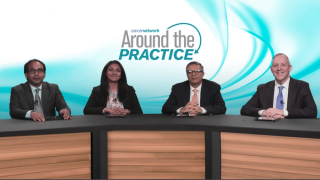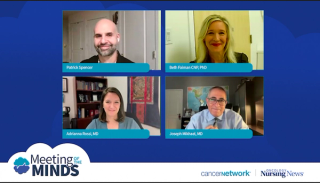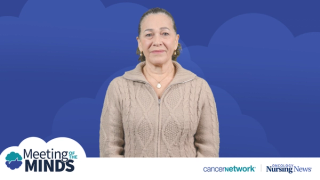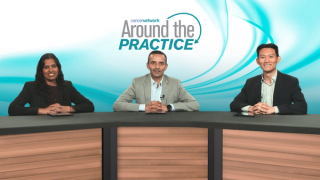
Multiple Myeloma
Latest News

Latest Videos

More News

Findings from DREAMM-7 support belantamab mafodotin plus bortezomib and dexamethasone as a standard of care in relapsed/refractory multiple myeloma.
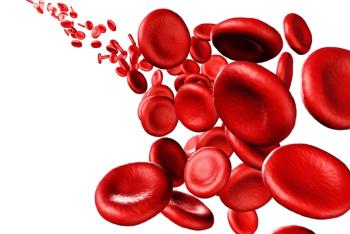
Samatha Shenoy, NP, MSN, highlighted lifestyle recommendations to help patients who are receiving talquetamab treatment for multiple myeloma.

Using bispecific antibodies before or after CAR T-cell therapy in multiple myeloma is an area of education for community oncologists.

All evaluable patients achieved minimal residual disease negativity following teclistamab-based treatment in the phase 3 MajesTEC-4/EMN30 trial.

PFS and OS were significantly improved with subcutaneous daratumumab vs active monitoring in patients with smoldering multiple myeloma.

Daratumumab plus VRd showed a deepened MRD and PFS rate for patients with transplant-ineligible or -deferred newly diagnosed multiple myeloma.

Panelists discuss how health care providers engage in vital conversations with patients about CAR T therapy, focusing on comprehensive education, emotional support, and clear communication about the treatment journey ahead.

Panelists discuss how the symptoms of a patient with multiple myeloma led to their initial diagnosis and the progression of various treatments they underwent before becoming a candidate for CAR T therapy.
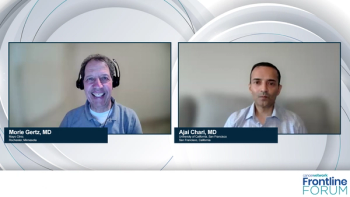
Panelists discuss how chimeric antigen receptor (CAR) T-cell therapy in early relapsed multiple myeloma can provide deep and durable responses for eligible patients, though patient selection, timing of referral, manufacturing logistics, and management of adverse effects remain important considerations in optimizing outcomes.
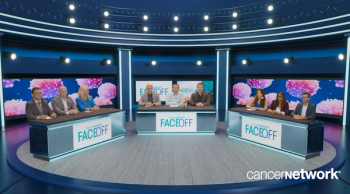
Panelists discuss how community centers can effectively implement bispecific antibody therapy for patients with relapsed/refractory multiple myeloma, addressing challenges such as staff training, patient monitoring, and managing potential adverse events in a non-academic setting.

Panelists discuss how the CEPHEUS trial’s demonstration of improved progression-free survival with daratumumab-VRd versus VRd alone in transplant not-preferred NDMM provides compelling evidence for quadruplet therapy in this setting, though considerations of cost, toxicity management, and patient selection remain important factors in implementation.
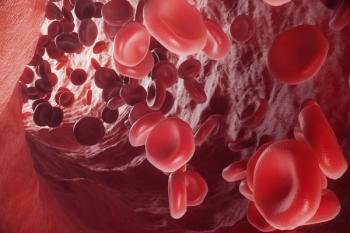
A BLA has been accepted by the FDA for 2 belantamab mafodotin combinations that have shown positive results in patients with multiple myeloma.
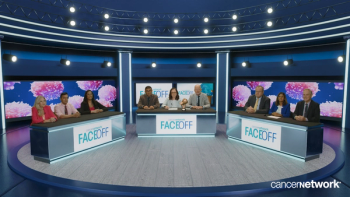
Panelists discuss how the use of CAR T-cell therapy in earlier lines of treatment for relapsed/refractory multiple myeloma could potentially improve long-term outcomes, considering factors such as patient selection, optimal timing, and the impact on subsequent treatment options.

Panelists discuss how to manage talquetamab-associated adverse events, such as skin toxicities and dysgeusia, sharing their clinical experience with toxicity timing, frequency, and key strategies for fellow oncologists implementing bispecific antibodies in relapsed/refractory multiple myeloma.

Panelists discuss how they dose talquetamab in clinical practice, comparing its administration schedule to other bispecific antibodies and addressing dosing-related challenges they encounter.

Panelists discuss how they approach treatment strategies and challenges for relapsed/refractory multiple myeloma patients with CNS involvement, sharing case details and preferences among available therapeutic options.
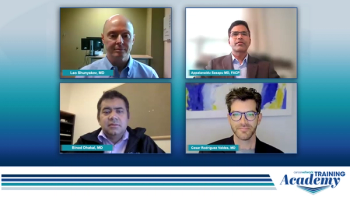
Panelists discuss how addressing unmet needs and future directions for enhancing bispecific therapy care transitions in multiple myeloma requires focusing on standardized protocols, technology integration, personalized patient support, and continuous education for both patients and healthcare providers across academic and community settings.
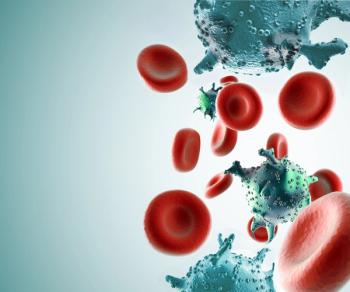
Experts in multiple myeloma gathered to debate current treatment options in the space during a recent Face Off.

The use of CAR T-cell therapy and other sequencing options were discussed for patients with multiple myeloma.

Panelists discuss how to approach treatment decisions and management strategies for a 58-year-old woman with relapsed/refractory multiple myeloma who is post-autologous stem cell transplant, MRD-negative, and currently receiving bispecific antibody therapy, considering factors such as prior treatments, response duration, and long-term treatment goals.

Panelists discuss how optimizing dosing intervals and carefully considering combination strategies for bispecific antibodies in relapsed/refractory multiple myeloma could enhance treatment efficacy while managing toxicities and improving patient quality of life.

Insights of MAIA, BENEFIT, and IMROZ Trials on Frontline Treatment for Transplant Not-Preferred NDMM
Panelists discuss how recent clinical trials have demonstrated improved outcomes with antibody-containing regimens and biomarker-driven approaches in patients with transplant not-preferred newly diagnosed multiple myeloma (NDMM).

Experts in multiple myeloma discussed real-world efficacy and safety data associated with the use of GPRC5D-targeting bispecific agents to treat patients with R/R multiple myeloma.

Panelists discuss how to select appropriate bispecific antibody therapies for patients with relapsed/refractory multiple myeloma who have failed BCMA-targeted treatments, considering factors such as alternative targets, mechanisms of resistance, and emerging clinical data to provide effective subsequent treatment options.

Panelists discuss how to optimize the sequencing of bispecific antibodies and CAR T-cell therapies in relapsed/refractory multiple myeloma, considering factors such as patient characteristics, disease burden, and the unique advantages of each approach to maximize treatment efficacy and patient outcomes.






